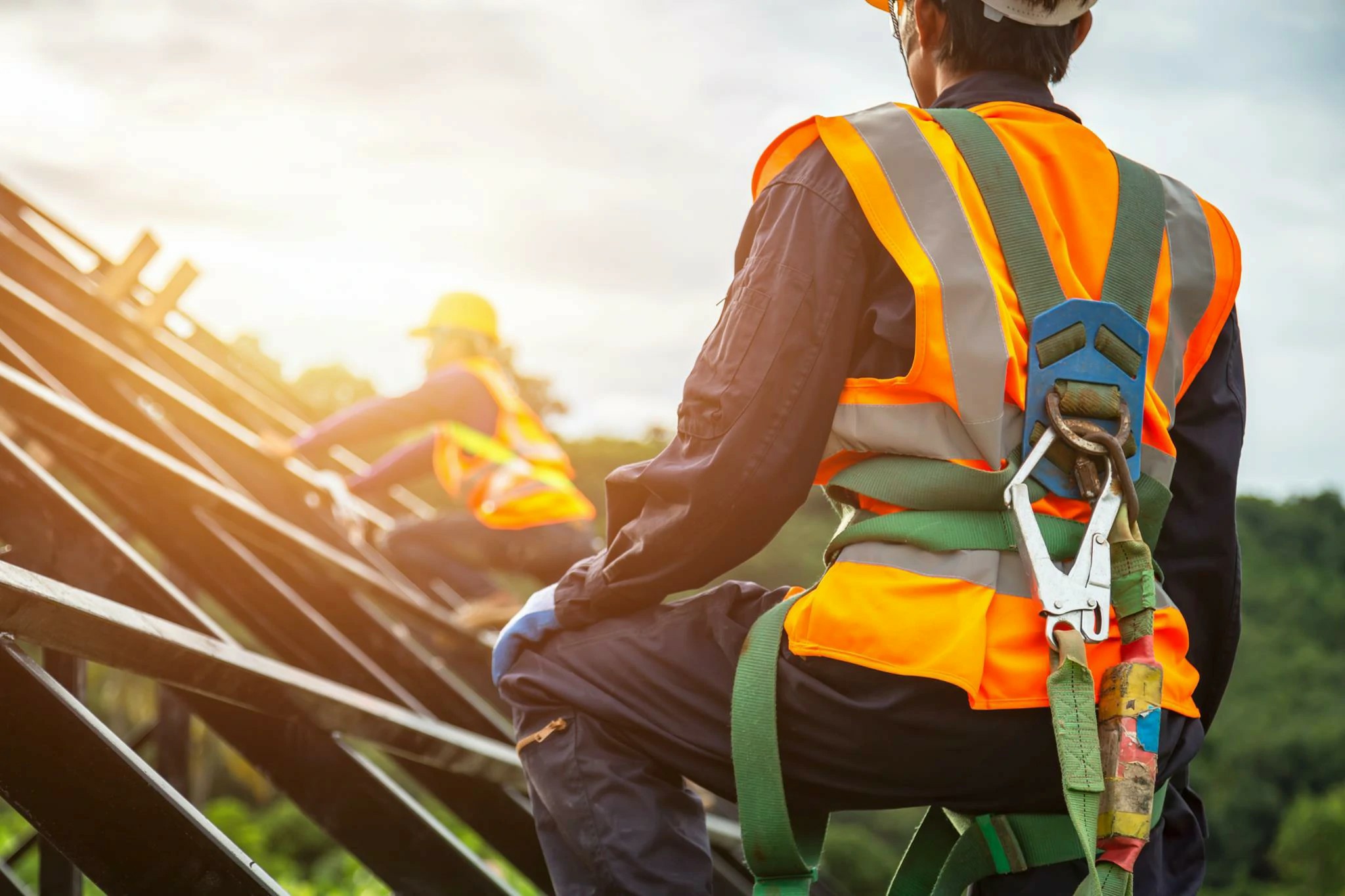


 349,500 Offered Certificates
349,500 Offered Certificates
 24/7 Online Training
24/7 Online Training
 Money Back Guarantee
Money Back Guarantee
 Fully Accredited Courses
Fully Accredited Courses

Created at: 22-02-2025 18:15
Working at heights poses significant safety hazards across various industries, from construction to maintenance. Each year, accidents related to falls account for a substantial number of serious injuries and fatalities. Proper training and certification in working at heights is not just beneficial but essential in creating a safe working environment. In this post, we will explore common workplace hazards, the importance of fall protection systems, emergency response planning, and share compelling case studies demonstrating how training prevents accidents.
When assessing the risks associated with working at heights, several factors must be considered:
Proper training, such as a Working at Heights safety course, equips workers with the necessary knowledge and skills to identify risks, use safety equipment correctly, and abide by safety protocols.
Some key areas of focus in Working at Heights training include:
Implementing effective fall protection systems is paramount when working at heights. These systems include:
A robust emergency response plan is critical for any workplace involving heights. Workers must be trained not only on how to prevent accidents but also on how to respond in the event of an incident. This plan should include:
Effective training programs have demonstrated their value through real-world applications, preventing potentially tragic accidents.
At a large construction site in Dublin, workers underwent a Certified Working at Heights Training. During a routine task, a novice worker slipped while unloading materials from a rooftop. However, due to the extensive training, his co-workers executed a prompt and organized rescue. They followed the pre-established emergency response protocols, minimizing injury risk and ensuring the worker was safely brought to the ground.
A maintenance crew in Cork received specialized Working at Heights certification that included advanced fall protection techniques. During an inspection on a tall wind turbine, a sudden gust of wind caused one worker to lose balance. However, because of their training on how to utilize their harnesses and the tether system effectively, he remained safe, avoiding a fall and potential critical injury.
Working at heights is an inherently risky activity, but through focused Working at Heights training, organizations can create safer environments that protect their workers. Understanding the dangers, implementing fall protection systems, and having effective emergency plans in place can significantly reduce the risks associated with elevated work.
Ensure your team is equipped with the skills and knowledge necessary to work safely at heights. Consider enrolling in a Working at Heights Course Online today to enhance your safety protocols. For more information about certified training options in Ireland—including details on Working at Heights Certification Dublin—contact us at [email protected].
Stay safe and ensure every worker returns home uninjured, through comprehensive training and preparation.